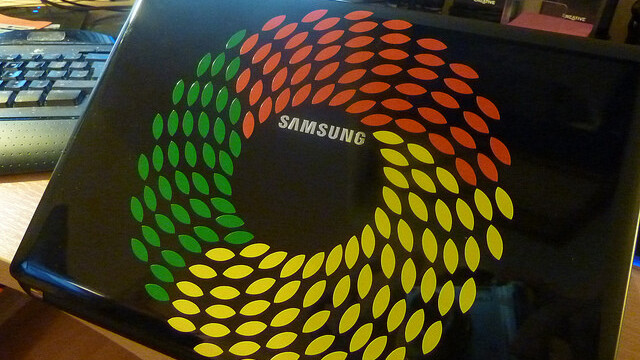
In case you’ve forgotten, Google has its own operating system called Chrome OS, and it has been working closely with Samsung on the hardware. Today, Google announced the next phase of its OS and the focus is simple: speed.
In a world where we have two major options, Mac or PC, Google is looking to leverage the cloud to make the next generation desktop experience a more lightweight one. It’s not just a mobile thing anymore, Chrome OS has gone to the desktop.
The new Chromebook is something that we’re familiar with, but the new Chromebox is reminiscent of the Apple Mini.

Here’s what the company had to say about it today:
Speed is integral to the Chrome experience. The new Chromebook and Chromebox, based on Intel Core processors, are nearly three times as fast as the first-generation Chromebooks. And support for hardware-accelerated graphics, a built-from-scratch multi-touch trackpad and an open-source firmware stack provide a much faster and more responsive computing experience. The new Chromebook boots in less than seven seconds and resumes instantly. With the Chromebox, you can be on a video conference while continuing to play your favorite role-playing game on the side.
Google employees are weighing in on the news as well, with Louis Gray mentioning the faster loading speeds:
The new Chromebooks are incredibly sleek, light and fast to boot. That may be hard to substantiate, especially if you assume my pro-Google filter is in effect, so I tested on the WebGL fishtank demo, getting 60 fps at 1,000 fish, lowering to the high 40s if I made that its separate window and kept working on something else, be it Gmail, playing a YouTube video, accessing my docs on Google Drive, or browsing the web.
With the OS itself, Google wants you to be able to access all of your apps quickly, letting you pin the things you use the most onto the desktop:

New Chromebooks range in prices from $349-$549, and are available now from Amazon and Newegg in the US. The Chromebox will run you $329 and sports the following specs:
Intel® Core™ processor
4 GB RAM
Built-in dual-band WiFi 802.11 a/b/g/n
Gigabit ethernet
6 USB 2.0 ports
2x DisplayPort++ Output (compatible with HDMI, DVI, VGA)
DVI single link output
Bluetooth 3.0™ compatible
Kensington™ key lock compatible
Now that the Chrome browser has surpassed Internet Explorer for the coveted #1 position, we know that consumers are familiar with Google being something other than “just a search engine.” It makes sense that Google would get serious about its own desktop operating system now that it’s on a company-wide streamlining mission.
If you’re already using Google products like search and docs, as well as carrying around an Android phone, a desktop computer isn’t that tough of a sell to consumers. The “(always) new computer” marketing message from Google isn’t one to be taken lightly, as upgrading your operating system is a fear of many computer users.
Get the TNW newsletter
Get the most important tech news in your inbox each week.



